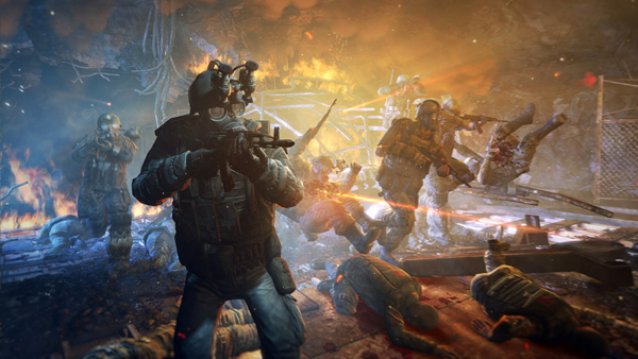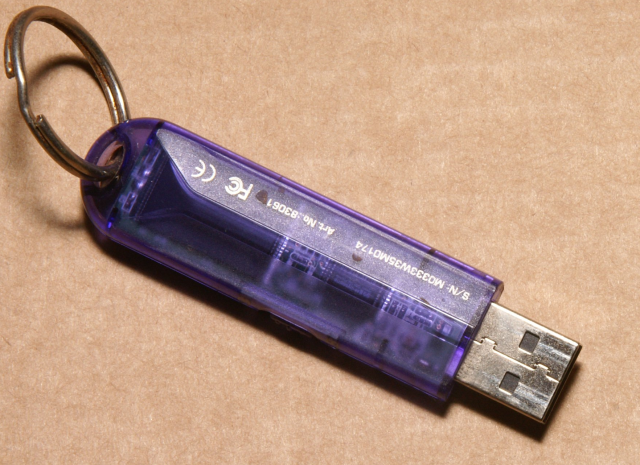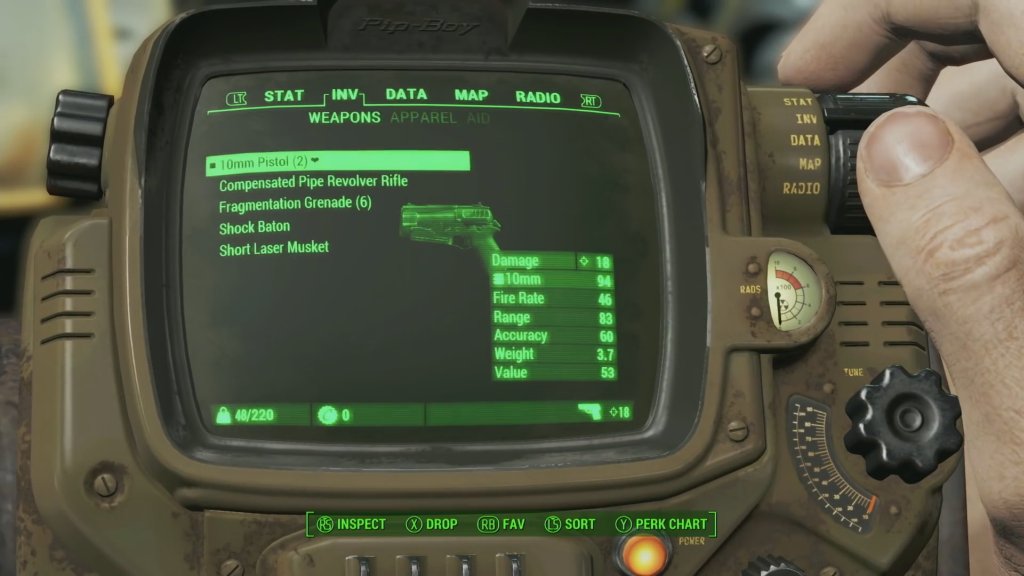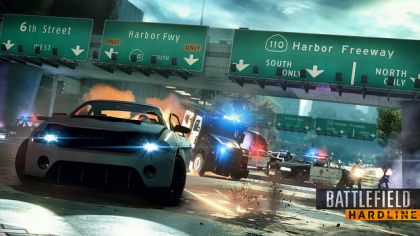

Photography literally means “drawing with light”, and that’s how the technology in your camera works. Your image sensor is trying to capture whatever light there is. And the less light there is, the worse the image is.
So what can you do when you’re shooting photos in the dark? Whether it’s a dimly lit club or when you’re out camping, you can still get a decent shot when light isn’t your best friend any more. A combination of knowing your basics and a few tips from pros can make any picture pop, no matter how low the light is.
As Joel explained in the illuminating guide to low-light photography, two factors will make a difference in such conditions: the camera’s ISO settings and shutter speed. When the subject of your photo is still, these can be advantageous.

Ideally, turn your camera’s ISO to the maximum it can go. On DSLR cameras, max ISO can mean more noise in images. So if you want, fiddle around with the settings while taking a few shots to ensure you’re going as high as possible before photos become too noisy. On smartphones and point-and-shoot cameras, heck, you’re going to get noisy images.
Meanwhile, the camera’s shutter speed needs to be dialed down as far as it can go. Low shutter speed keeps your camera’s “eye” open longer so that more light can hit the lens. The downside of this is that if there is the slightest movement, you’ll get a blurry shot. So keep the camera steady (get or make a tripod!), and ask your subject to stand still.

Pro tip: If you have some time, experiment with the shutter speed to get it to a point where anyone or anything moving will be a blur, while anyone or anything stationery will be still. This arrangement is brilliant when you’re shooting something like a lit-up Christmas tree, since you’ll see faint blurs of people to show movement, but also show the tree in all its glory.
ISO and shutter speed are in the manual settings of DSLR and point-and-shoot cameras. For smartphones, you’ll probably need to download third-party camera apps for iPhone or for Android. If you’re on a Microsoft Lumia, rejoice, because that setting is already in your camera app.
Capturing a person in low light can be really tricky. You want the person to look good, but here are the conditions that make the human face look good in photos: no direct and harsh light; even lighting across the face; clearly contrasting colors for clothes. Yeah, all of those are absent or difficult in low light.

There isn’t one particular rule you can follow to make a low-light portrait good, but keeping a set of principles in mind can help.
Before you switch on your camera, look around you and figure out which is the brightest light source around you. That’s going to be crucial. Ideally, move the person closer to that light source so that they are well lit. As many pro photographers put it, think of the light source as a theater stage’s spotlight. If that’s not possible, then you need to get up and move towards the source so that it illuminates the scene for you.
Curb that first instinct to switch on the flash. In case the available ambient light isn’t good enough, only then should you use flash. Flash photography causes harsh light to bounce off people’s faces, and can even lead to the dreaded eyes-shut photo. Instead, buy a flash diffuser or a reflector. Heck, you can make a DIY diffuser or bouncer for almost nothing. It will reduce harsh lighting and spread it evenly.

Usually, autofocus gets confused in dim light, so try not to use it. Instead, rely on manually focussing the image. The one exception is if your camera or smartphone has laser autofocus, which lets you tap-to-focus using infrared beams.
Anything metallic or shiny that light can bounce off has to go. It will mess up your image.
Want to capture the beautiful full moon? Or maybe it’s the day the stars are shining brightest. Either way, when you want to capture the night sky, things can get complicated. But stick to the basics and you won’t go wrong.

First, make sure you are positioned in a way where artificial lights are at their lowest. So get as far away from the city as you can. If that’s not an option and you’re in the city, get to the highest roof you can. You need to rely on natural light as much as possible, while cutting artificial light. Remember, your camera captures all light, which means the more artificial light that is interfering with your shot, the less clear the natural light of the stars is.
Second, turn off autofocus. Autofocus is the absolute enemy of low-light shots, but it’s worst at shooting the night sky, when your camera has zero idea what is going on and where it should focus. You will have to focus manually, and for that, you’ll need to decide how you want to compose the shot. Composition is crucial to clicking the night sky. You need to figure out what you want to eye to train on. Instead of the two-thirds rule, this is the best place to use the golden ratio and the Fibonacci spiral to compose your shot. Feel free to add a bit of the landscape to it if you feel like.

Finally, once again, either use a tripod or use some sort of support to keep your hands absolutely steady.
Of course, these are broad tips for shooting the sky in the dark with cameras or smartphones, but if you are looking for an authoritative guide as a photography enthusiast with the right equipment, then check Joel’s guide to take better night sky photos.
While the above tips apply to specific types of photographs, there are some general tricks you should be aware of that are specific to photos taken in the dark.

If you’re shooting something with multiple lights, like a street with a series of streetlamps or a candle-lit portrait, then you need to use those lights to form lines. Lights pop out in dark photos and the human eye is naturally drawn to them. So use those lights to form a trail that leads to the subject of your photo.
Look around you at the light in whatever you’re going to shoot. Is the temperature of the light warm or cool? Let that define how you use colors in your shot. You need to know basic color theory for this, but it’s important. If your scene is cool, then use a cool color scheme from analogous or harmonious colors. If your scene is warm, then you can go with a warm color scheme but only use complementary colors, not analogous.

If you’re using a DSLR, stick to using RAW shots in low light, especially for portraits. Even if RAW isn’t an option, you need to continue shooting in color. Yes, low-light lends itself to black-and-white shots, especially when your ISO is turned up and the image is noisy. But don’t actually shoot the image in black-and-white. Shoot it in color, then edit it in black-and-white while processing.
Low-light photography is a complicated subject and can’t be covered in the confines of this article. But everyone is always keen to learn more!
If you’re an experienced photographer and have a lesson to share about how a beginner can enhance his or her dark images, drop a quick tip in the comments below!



